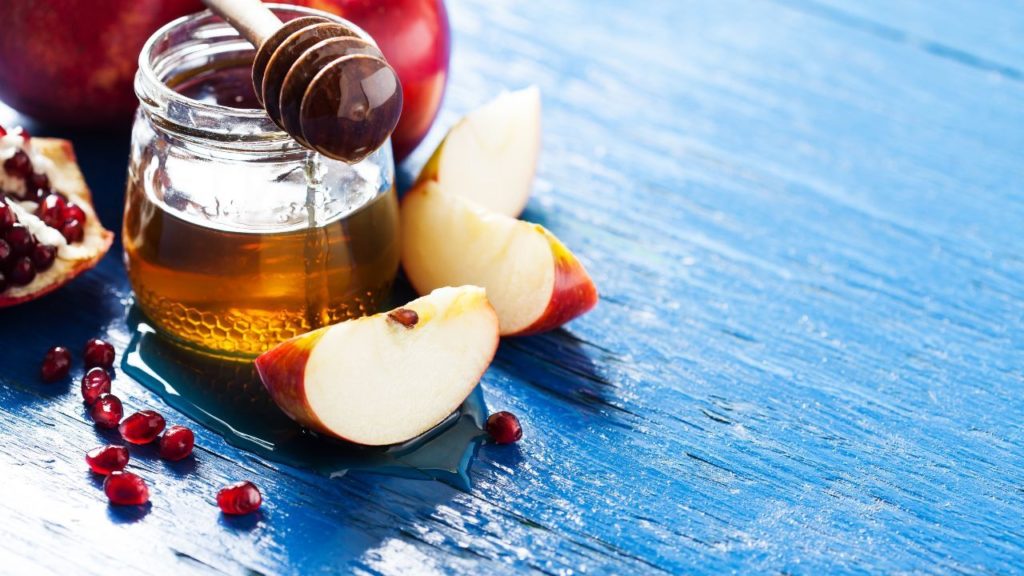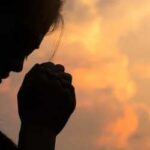5 Things to Know About the Jewish High Holidays

The Jewish High Holidays, also known as the “Yamim Noraim” in Hebrew, hold a significant place in Jewish culture and tradition. These holy days are a time for reflection, repentance, and renewal, and they mark the beginning of a new year on the Jewish calendar. The High Holidays consist of Rosh Hashanah and Yom Kippur, each with its own distinct significance and customs. Here’s five key things to know about them:
1. Rosh Hashanah: The Jewish New Year
Rosh Hashanah, literally meaning “Head of the Year,” is a two-day celebration that marks the beginning of the Jewish new year. It falls on the first and second days of the Hebrew month of Tishrei, usually in September or early October. During this time, Jewish communities worldwide come together to pray, reflect, and engage in festive meals. The central theme of Rosh Hashanah is self-examination and introspection, as individuals evaluate their actions from the past year and seek to improve themselves in the coming one.
2. The Sound of the Shofar
A distinctive feature of Rosh Hashanah is the blowing of the shofar, a ram’s horn. The shofar blasts serve as a wake-up call to the soul, symbolizing the need for spiritual awakening and transformation. The sequence of shofar sounds, known as tekiah, shevarim, and teruah, evoke various emotions – from solemnity to hope – reminding individuals of the need to repent and reconnect with their faith.
3. Teshuvah: Repentance and Reflection
The period between Rosh Hashanah and Yom Kippur, known as the Ten Days of Repentance, is a time for deep reflection and introspection. Jewish tradition emphasizes the importance of “teshuvah,” which translates to “repentance” or “return.” During these days, individuals are encouraged to seek forgiveness from both God and their fellow human beings. Acts of charity, sincere apologies, and a commitment to positive change are key components of teshuvah.
4. Yom Kippur: The Day of Atonement
Yom Kippur, the holiest day in the Jewish calendar, follows Rosh Hashanah and is observed on the 10th day of Tishrei. It is a day of fasting, prayer, and complete rest. Yom Kippur is a time to atone for sins, seek forgiveness, and purify the soul. Jews refrain from eating, drinking, and engaging in physical pleasures, instead dedicating the day to intense prayer and reflection. It is believed that sincere repentance during this day can lead to the sealing of one’s fate for the upcoming year.
5. The Book of Life and Renewal
On Yom Kippur, it is said that God inscribes each individual’s fate for the upcoming year in the Book of Life. The ten days between Rosh Hashanah and Yom Kippur are considered an opportunity to alter this verdict through repentance and good deeds. As the sun sets on Yom Kippur, a final shofar blast marks the conclusion of the holy day, and people come together to break their fast with a festive meal, symbolizing a renewed spiritual beginning.
The Jewish High Holidays are a deeply meaningful time for Jewish communities worldwide. Rosh Hashanah and Yom Kippur serve as a reminder of the importance of self-reflection, repentance, and the pursuit of a more meaningful and spiritually fulfilling life. These celebrations are an embodiment of the core values of Judaism and offer individuals a chance to reconnect with their faith, seek forgiveness, and embark on a fresh journey in the coming year.



